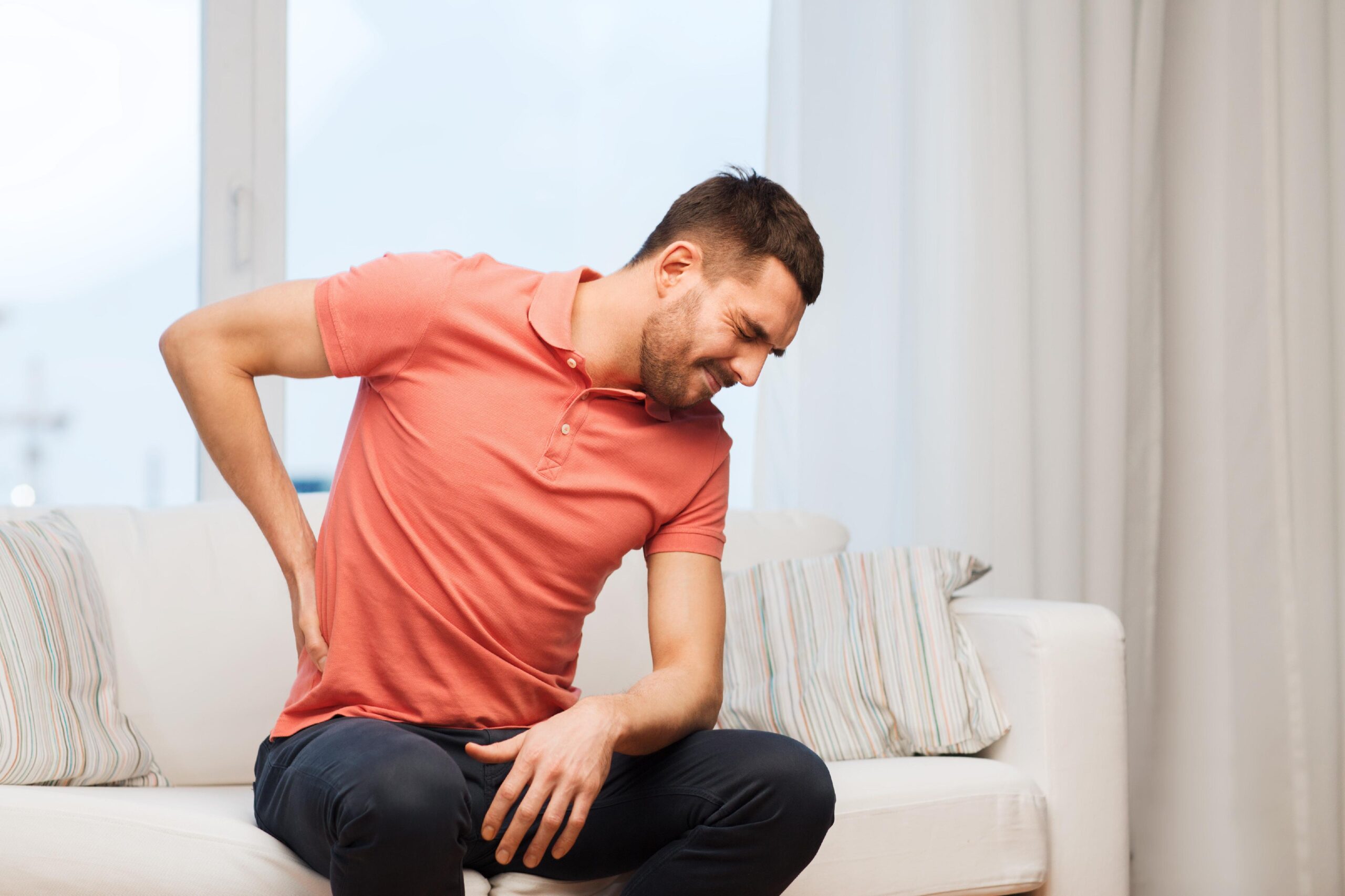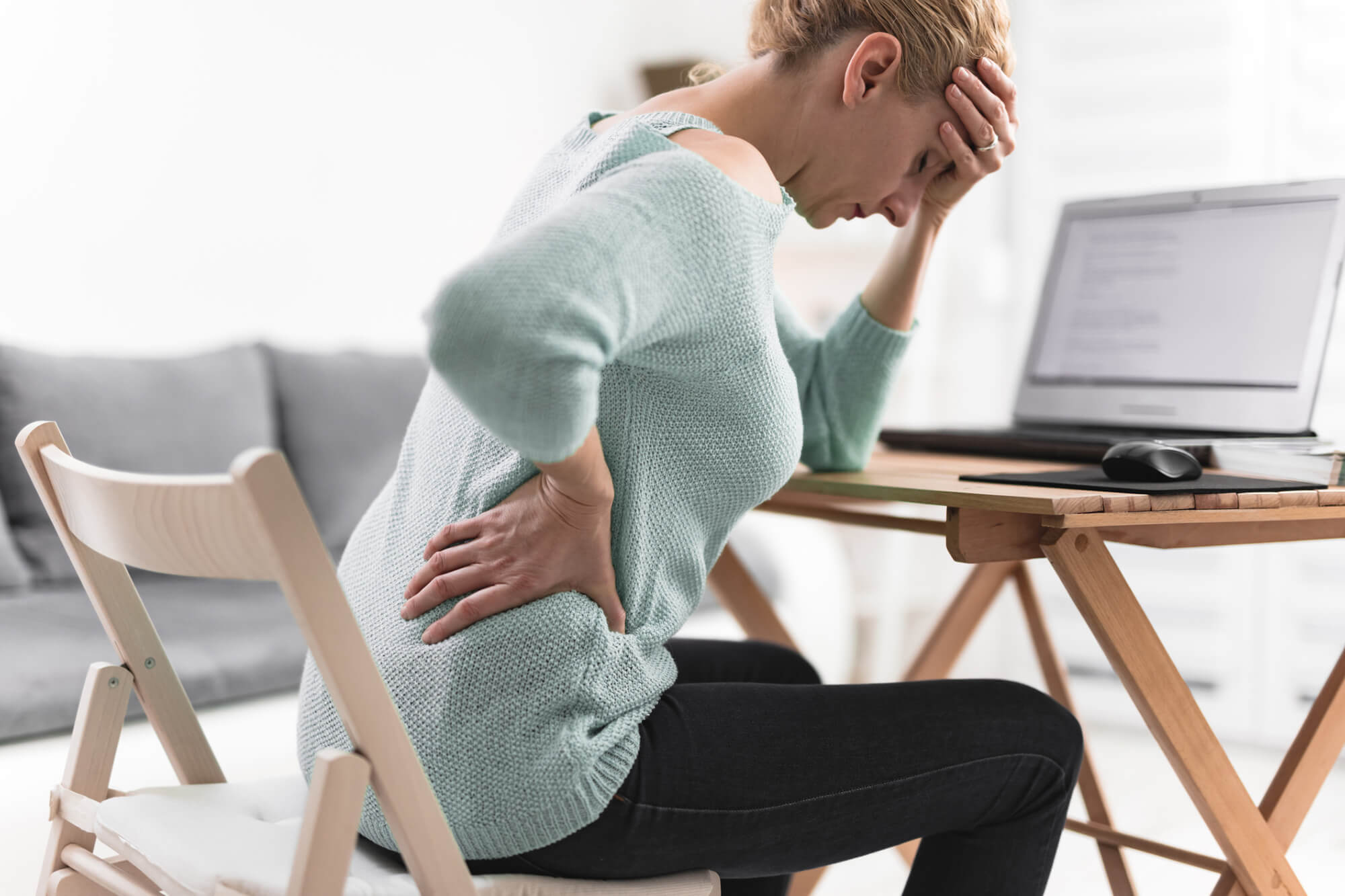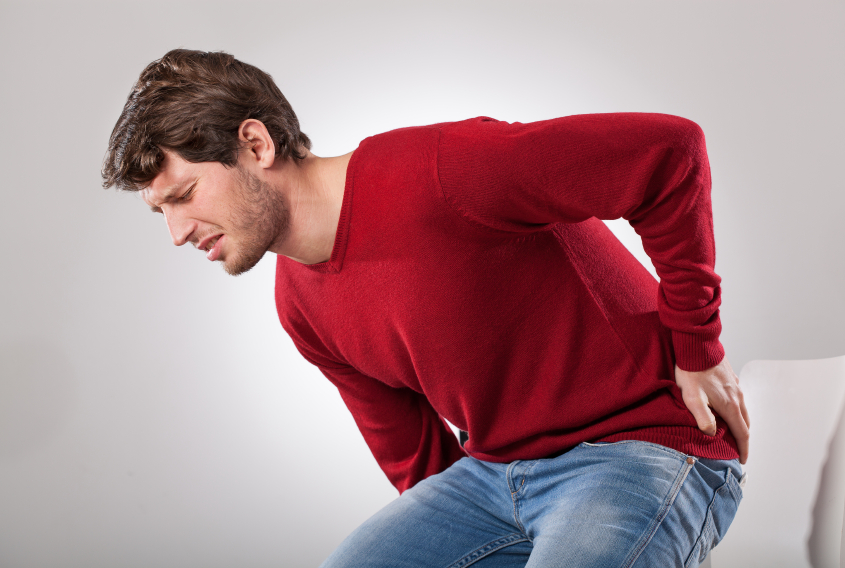A physiological and psychological reaction to pressures or expectations from the outside world, often known as stressors, is known as stress. It is a physiological response that gets the body ready to handle difficulties. However, prolonged or extreme stress might harm one’s health. It can show up in a number of ways, such as behavioral changes, medical symptoms, and mental discomfort.
An enormous percentage of people suffer from back discomfort, which is a common condition. It can affect every day functioning, productivity at work, and general well-being in a variety of ways, from minor discomfort to severe pain. One of the main causes of disability in the globe, back pain can be acute or chronic. For back pain to be effectively managed and prevented, it is essential to comprehend the contributing components.
Recognizing Stress
A. Acute vs chronic stress, and its definition.
Based on its duration and intensity, stress can be divided into various categories. A challenging job deadline or an unexpected occurrence are two examples of urgent dangers or obstacles that can cause short-term stress, or acute stress. Contrarily, chronic stress lasts for a long time and is frequently brought on by ongoing issues or persistent living conditions. Chronic stress can be brought on by things like monetary difficulties, marital troubles, or a stressful job environment.
B. Stress-related physiological and psychological reactions
A series of physiological and psychological reactions occur as a result of stress. The body physiologically prepares for a “fight or flight” reaction by releasing stress hormones like cortisol and adrenaline. Muscles may stiffen up, blood pressure and heart rate may rise, and breathing patterns may alter. Stress can psychologically result in emotions like anxiety, impatience, restlessness, and difficulties focusing. Other typical reactions to stress include changes in appetite and sleep patterns.
C. Stress-causing factors, such as those related to job, relationships, and lifestyle
The feeling of stress can be influenced by a number of variables. Workplace demands, long hours, a lack of control, or disagreements with coworkers can all contribute to stress at work. Stress can also be exacerbated by issues in personal connections, such as disagreements with family members or problems in love relationships. Chronic stress can also be exacerbated by lifestyle elements like debt, time constraints, and bad habits. Different stressors may apply to different people, and the effects of stress may alter according to coping styles and levels of resilience.
Back Pain: Its Causes and Types
A. A description of the many types of back pain, such as acute versus chronic and specific versus non-specific pain
The severity of back pain can be determined by its duration and underlying cause. Back pain that comes on suddenly and lasts for a few days to a few weeks is referred to as acute back pain. On the other hand, chronic back pain lasts for more than three months or recurs frequently. Back pain that has a recognized cause, such as a muscular strain, herniated disc, or spinal stenosis, is known as specific back pain. Back pain that is not particular to one area may be brought on by degenerative changes in the spine or muscular imbalances.
B. Back pain’s typical causes, such as muscle strain, ruptured discs, and bad posture
Back pain can have many different reasons. A typical source of muscle strain is lifting large objects, making abrupt movements, or using poor body mechanics when engaging in physical activities. Herniated discs happen when the spinal disc’s gel-like center pushes through and causes pressure on a nerve, resulting in localized or radiating discomfort. Long periods of sitting still, poor posture, and repeated motions can all cause muscular imbalances and strain, which can result in back discomfort. Other causes include traumatic traumas, osteoporosis, arthritis, and spinal anomalies.
Relationship between Stress and Back Pain
A. The impact of stress on posture and muscular tension
Changes in posture and tighter muscles brought on by stress can also induce back ache. Muscles are often tense as the body prepares to act in response to stress. Muscle tension, particularly in the neck, shoulders, and back, can be brought on by prolonged or continuous stress. The muscles could ache or feel strained as a result of this stress. Stress-related muscle stiffness can also make it difficult to stand up straight, putting additional pressure on the spine and resulting in back pain.
B. Psychological variables affecting the experience and recurrence of back pain
People’s perceptions of and responses to back pain are significantly influenced by psychological variables. Pain might feel worse and be harder to control when there is stress, worry, sadness, or other negative emotions present. Because psychological factors have an impact on how the brain interprets and processes pain signals, they can change how painful someone feels. As a result, back pain may linger or become chronic. They can also affect coping mechanisms and treatment compliance.Recognizing the effects of stress on muscle tension, posture, psychological variables, and the complex mechanisms within the neurological and endocrine systems is necessary to comprehend the relationship between stress and back pain. Effective management and symptom relief of back pain symptoms can be achieved by treating both the physical and psychological elements of stress and back pain.
Conclusion
Finally, addressing stress as a cause of back pain can result in more effective pain management, a higher quality of life, and better overall health. Individuals can improve their chances of pain management, coping skill development, and long-term relief by implementing holistic treatments that take the interaction between stress and back pain into account.








